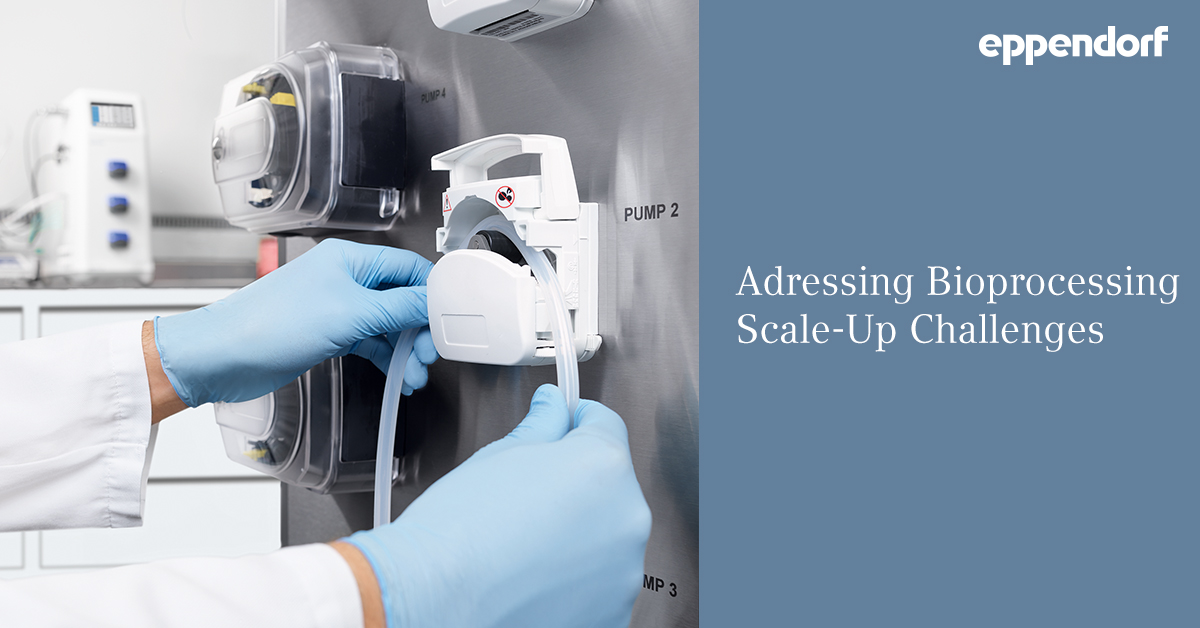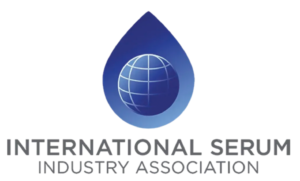
The Dish’s Weekly Biotechnology News Wrap Up – November 11, 2022
This week’s headlines include: Sanofi Reaffirms Commitment to AI Drug Discovery with $1.2B Insilico Pact, FDA Says Face-to-Face Meetings Include Virtual, FDA finalizes umbrella trial guidance for cell and gene therapies, Treatment approved in Europe to prevent RSV in infants could be coming to the US soon, Paxlovid reduces risk of long Covid, Veterans Affairs study finds, and FDA Seeks Applicants for CDRP Pilot Program.
Podcasts:
Check out our podcast channel. We have over 50 great podcasts covering drug discovery, stem cell culture, upstream and downstream biomanufacturing and more! Click below to download from iTunes or Google play:
![]()
![]()
In Case You Missed It, Recent Articles on Cell Culture Dish and Downstream Column:
![]()
Manufacturing Acellular Regenerative Medicines
Cell-based therapies such as CAR T or stem-cell therapies have become well-understood and are appearing in clinical practice. Cell-originated small structures and large molecules are increasingly appearing in developing therapeutic platforms. They support a diverse array of medicinal entities, including what are termed cell-free or acellular regenerative medicines (ARM) or therapies…
The Newest Technology in Single Cell Seeding with Intelligent Cell Detection
Mammalian cells have been used to produce therapeutic recombinant proteins for over thirty years and during that time there has been significant advances in the technologies and methods used to engineer the cell lines and to characterize and ensure product safety and efficacy of the products they produce…
Bioreactor platform supports intensified processes to meet increasing demand for viral vaccines and viral vectors
The industry has been facing increasing capacity demand for virus production due in large part to the success and growing need for viral vaccines and viral vectors. What is the most efficient way to meet these increasing demands in a timely way without building new manufacturing facilities? Univercells Technologies has addressed these challenges by creating a novel biomanufacturing platform that takes advantage of process intensification and scalability to significantly reduce the overall manufacturing footprint and deliver cost-effective manufacturing solutions…
A Guide for Navigating the Single Use Technology Supply Chain
In this podcast we spoke with Derrick Alig, North American Western Regional Sales Manager for PSG Dover Biotech, Chris Couper, President and Founder of Liquidyne Process Technologies, and Phil Sanders Biotech Chief Innovation Officer at Agilitech about current supply chain challenges, possible solutions, what the future holds, and ways to navigate supply chain shortages to ensure manufacturers meet their timelines…
2022 AI Summit – Impressions of this year’s event
This year’s AI Summit provided a real behind-the-scenes look into how Artificial Intelligence (AI) is being used in pharma, biopharma, and medical devices (ADFO/RAPS AI Summit). The in-person event was held at the Sonesta Hotel in downtown Columbus, Ohio and essentially consisted of a pre-conference workshop and two days of papers on AI/ML by top industry experts (AI Summit Speakers & Moderators). However, the organizers did spice it up with such activities as a panel discussion with AI experts on building trust in AI systems, and a concluding Fireside Chat with Jesse Ehrenfeld, AMA President-elect…
Future Proofing Downstream Bioprocess Operations
Historically, downstream bioprocesses have been simpler than upstream bioprocesses. They were more manual and Protein A columns permitted a simple and effective purification solution for monoclonal antibodies and protein-based therapeutics. More recently, upstream bioprocesses have undergone significant improvements in process and subsequently yield. These improvements in upstream created bottlenecks in downstream as the systems in place were not prepared to adjust to changes in both the starting material from upstream and yield. As a result, downstream bioprocesses have had to evolve to meet the needs of these new challenges by incorporating technology advancements such as single-use technologies, improved chromatography solutions, continuous processing, advanced buffer management systems, increased automation, and many others…
A Guide for Navigating the Single Use Technology Supply Chain
In this podcast, we spoke with Emanuel Krobath, Biopurification Specialist and Chiara Pacini, Bioprocess Specialist both with Pall Corporation about gene therapy process development including challenges and resources that are available for support…
VEGA VEGAPOINT 21®– a non-contact probe for point level control in hygienic bubble traps
Gas bubbles in process fluids and buffer solutions are a common yet significant problem in bioprocessing because they can alter the microfluidic environment and negatively impact downstream chromatography steps. They can impede the flow through the resin column and limit contact with the resin in the resin bed, which can decrease separation efficiency and resolution. A hygienic bubble trap is a device that effectively separates gas bubbles from process fluids by allowing the bubbles to rise to the top of the fluid (Figure 1). Effective separation of gas bubbles relies on accurate monitoring and control of the fluid level in the bubble trap—this is where level sensors come in. The working volume of a bubble trap is typically 60-80% of its total volume, and the fluid should have a residence time of approximately 15 seconds. If the level is too low, the gas bubbles don’t have sufficient residence time to be effectively removed from the process fluid and the bubbles may pass with the process fluid through the bubble trap outlet. Conversely, if the level of the fluid is too high, fluid and bubbles can be drawn into the gas vent line and cause problems with contamination…
Fit for Purpose AAV Purification – Realizing the Perfect Scale for Cell and Gene Therapies
The explosive advancements within the cell and gene therapy sector have the driven the demand for high-quality GMP-compliant viral vector manufacturing. Adeno-associated virus (AAV) has been the primary vector driving this growth, as well as to a lesser extend lentivirus (LV) and adenovirus (AV). The use of these vectors is expected to grow fast also in the future and to diversify to include other therapies, such as oncolytic viruses…
White Paper:
 The ebook “Addressing Bioprocessing Scale‐Up Challenges” deals with scale‐up, the process of increasing bioprocess dimensions, and the hurdles to be overcome during this process. It provides an overview of novel fields, such as cell and gene therapy, that require large amounts of cells to be produced and are therefore dependent on efficient scale‐up. However, as multiple parameters are influenced by increasing bioreactor dimensions, it is not easy to keep yields consistent between small‐ and large‐scale approaches. Therefore, in order to design the scale‐up process as efficient as possible, different strategies focusing on different parameters were established over time. Here, Eppendorf’s thought leaders will give you an overview of the current gold standards in scale‐up and share their opinions on advantages and disadvantages of different strategies. Furthermore, scale‐up of both bacterial and mammalian cell culture is experimentally demonstrated in this publication.
The ebook “Addressing Bioprocessing Scale‐Up Challenges” deals with scale‐up, the process of increasing bioprocess dimensions, and the hurdles to be overcome during this process. It provides an overview of novel fields, such as cell and gene therapy, that require large amounts of cells to be produced and are therefore dependent on efficient scale‐up. However, as multiple parameters are influenced by increasing bioreactor dimensions, it is not easy to keep yields consistent between small‐ and large‐scale approaches. Therefore, in order to design the scale‐up process as efficient as possible, different strategies focusing on different parameters were established over time. Here, Eppendorf’s thought leaders will give you an overview of the current gold standards in scale‐up and share their opinions on advantages and disadvantages of different strategies. Furthermore, scale‐up of both bacterial and mammalian cell culture is experimentally demonstrated in this publication.
To Download the full ebook, see Addressing Bioprocessing Scale‐Up Challenges
Training Video:
Headlines:
“Sanofi Reaffirms Commitment to AI Drug Discovery with $1.2B Insilico Pact,” BioSpace
Sanofi has once again entered into a partnership with an artificial intelligence-based drug development firm – this time with Insilico Medicine – in a deal that could be worth as much as $1.2 billion…
“FDA Says Face-to-Face Meetings Include Virtual,” FDA News
The FDA is changing its definition of face-to-face meetings to clarify that they include both in-person meetings and virtual meetings on audio- and video-enabled platforms. But at the moment it won’t be holding in-person meetings…
“FDA finalizes umbrella trial guidance for cell and gene therapies,” Regulatory Focus
The US Food and Drug Administration (FDA) laid out its recommendations for sponsors to study multiple versions of a cellular or gene therapy in a clinical trial for a single disease. The agency said its final guidance should help sponsors conduct umbrella trials of similar products for the same disease more efficiently to bring cell and gene therapies to market sooner…
“Treatment approved in Europe to prevent RSV in infants could be coming to the US soon,” CNN
A preventive treatment for lower respiratory tract infections caused by RSV got the go ahead from the European Commission on Friday, according to one of the companies that make it. The treatment is the first of its kind to protect all infants in their first year of life…
“Paxlovid reduces risk of long Covid, Veterans Affairs study finds,” CNN
Paxlovid, the antiviral pill that reduces the risk of hospitalization and death from Covid-19, also reduces the risk of long Covid, according to a new study by researchers at the US Department of Veterans Affairs. The study, posted online as a preprint on Saturday, analyzed electronic records for more than 56,000 veterans with Covid-19, including more than 9,000 who were treated with Paxlovid within the first five days of their infection…
“FDA Seeks Applicants for CDRP Pilot Program,” FDA News
The FDA is inviting applications from sponsors who want to take part in the agency’s Chemistry, Manufacturing, and Controls (CMC) Development and Readiness Pilot (CDRP) program aimed at providing patients earlier access to drugs where there is anticipated clinical benefit…
